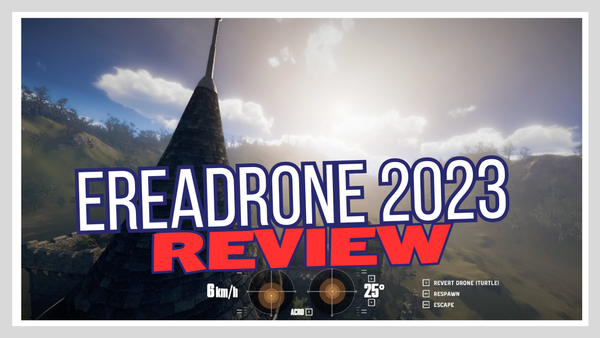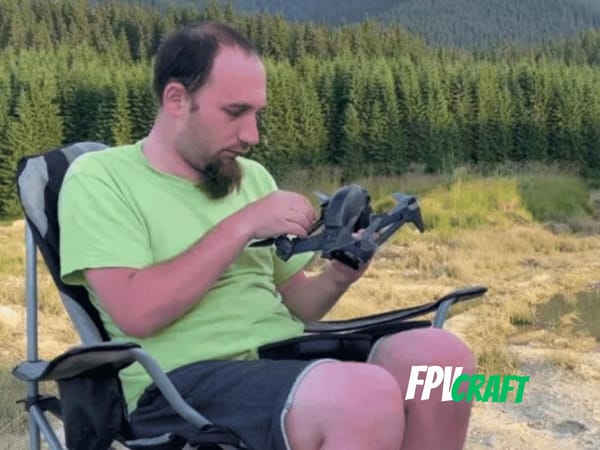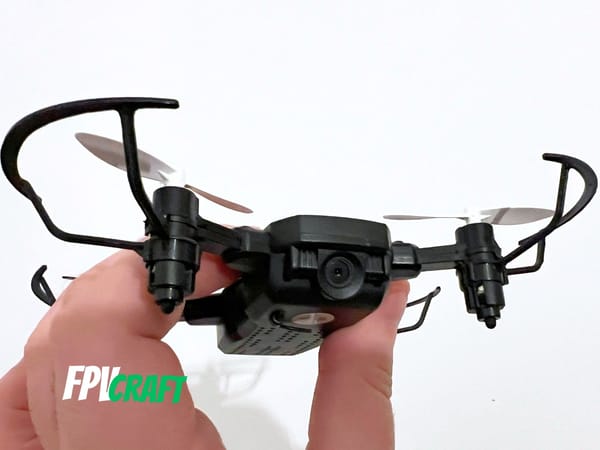What is the DJI Avata Wind Resistance?
We all know that DJI Avata may have some issues with wind resistance. Here you'll find everything you need to know about it.
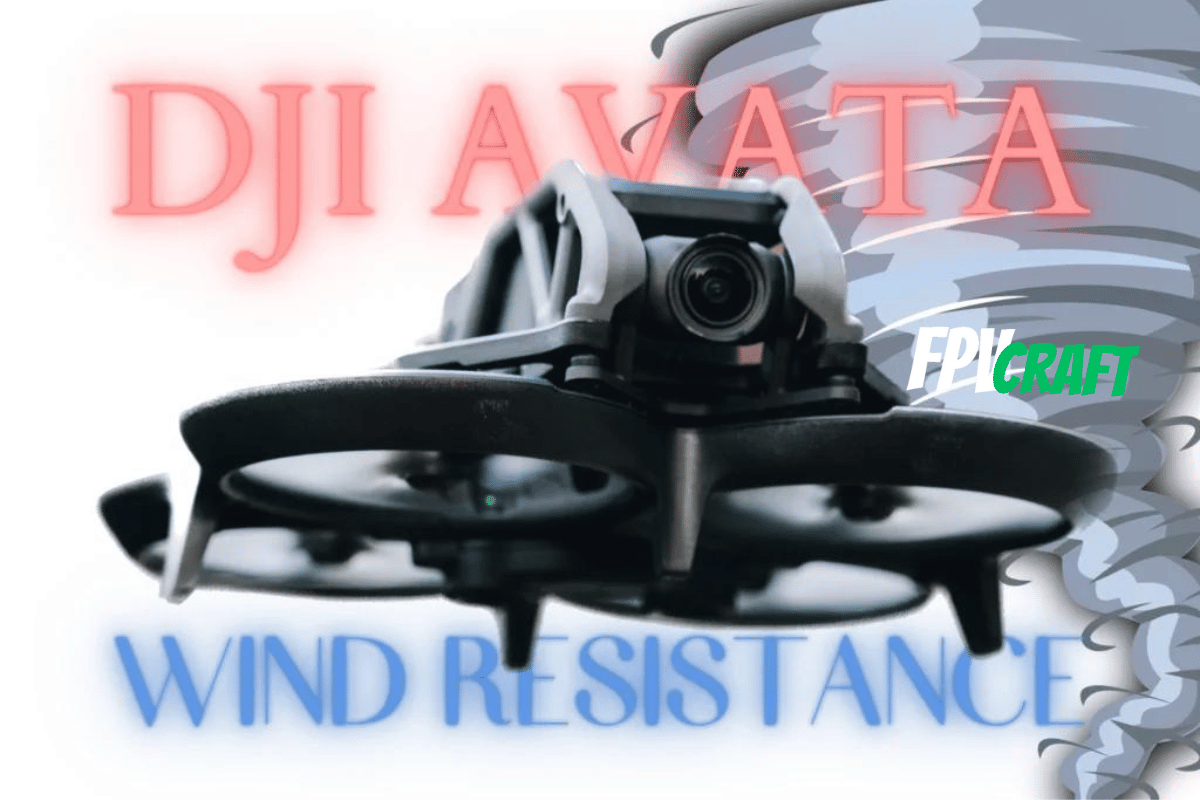
The DJI Avata is a fantastic cinewhoop FPV drone to fly, created explicitly for safer flights indoors, in the proximity of objects or people, etc.
But flying outdoors may be risky in high winds. What is the wind resistance of DJI Avata?
According to DJI, the DJI Avata can fly in winds up to 24mph (38km/h) and is level 5 wind resistant. However, although many drones can fly in winds higher than advertised, DJI Avata may encounter increased risks of tumbling at high winds because of the drone structure.
There are a few key components to cover in this article regarding the DJI Avata wind resistance and stability; for this reason, we recommend you keep reading.
DJI Avata wind resistance explained
To better understand the DJI Avata wind resistance, we must understand the overall wind resistance of a drone.
Each drone has a specific wind resistance highlighted by the manufacturer, in this case, DJI, which is considered a safe barrier to fly up to those winds.
For instance, the DJI Avata can resist winds up to 24 miles per hour, which is pretty much guaranteed by the manufacturer (according to their endless tests).
In reality, many drones can bypass the wind resistance with even more than 50%, being able to fly, at risk, of course, in much higher winds.
But DJI Avata should not be included in this category because of the risk of tumbling out – more will follow later.
Instead, we must understand that DJI Avata is affected not only by winds but also by wind gusts and unexpected currents.

DJI Avata Pro-View Combo (DJI Goggles 2)
- Experience the Thrill of Flying: Enjoy total immersion and intuitive control with DJI Avata. When you combine Avata with the goggles and motion controller, flight becomes accessible to all.
- DJI Avata also provides Ultra-Smooth 4K Footage
- Palm-Sized and Agile with DJI O3+ Video transmission
- Change the Way You Fly: DJI Avata is compatible with DJI Goggles 2, DJI FPV Goggles V2, DJI FPV Remote Control 2, and DJI Motion Control, which each unlock different possibilities.
- DJI Goggles 2 and DJI Motion Controller provide an immersive sensory experience with intuitive control by hand and head movements.
This is an affiliate link. We earn a commission if you make a purchase, at no additional cost to you.
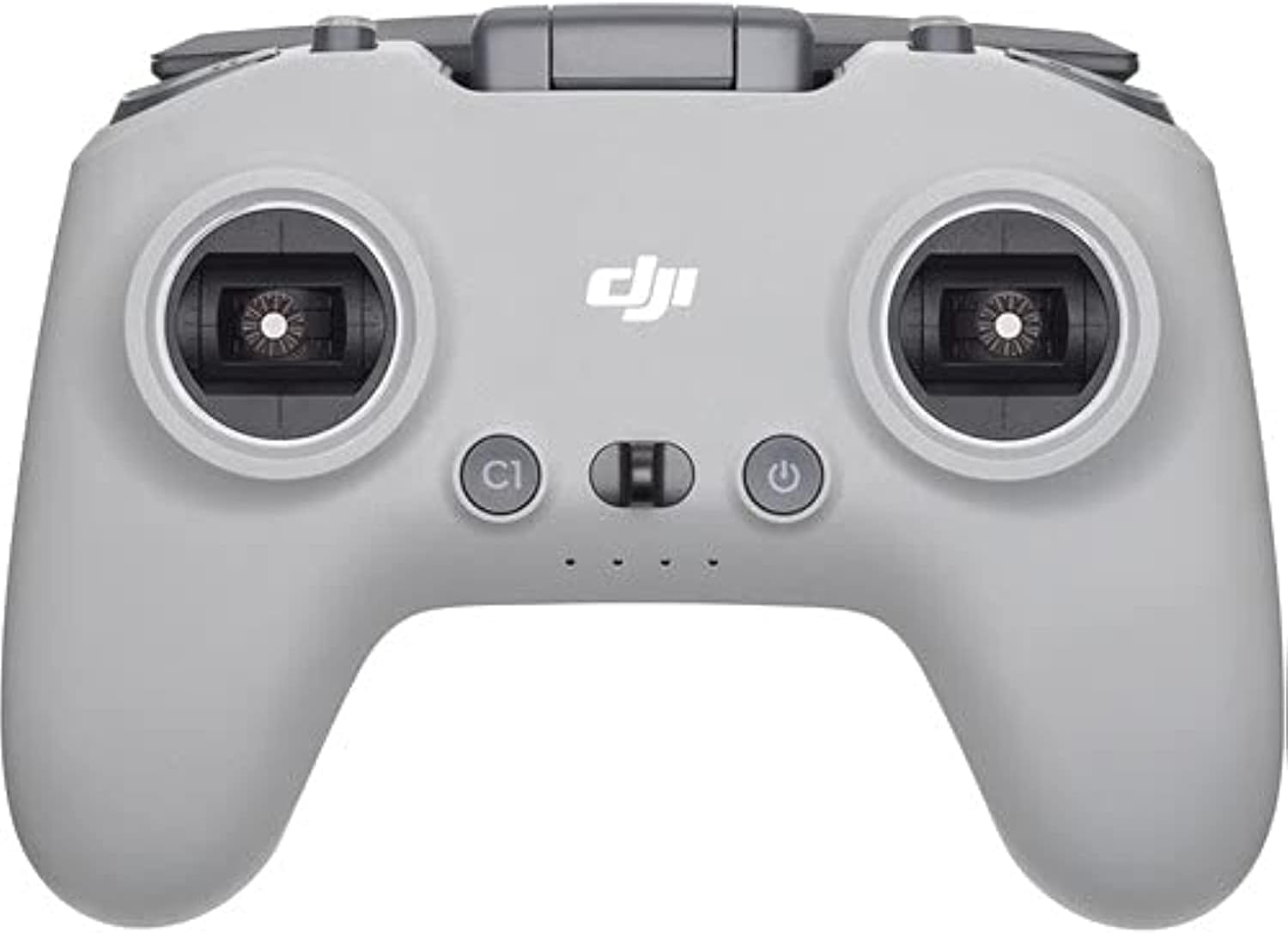
DJI FPV Remote Controller 2
The DJI FPV Remote Controller 2 is compatible with the DJI FPV drone, DJI Avata, and many FPV Simulators such as Liftoff, Velocidrone, DRL, etc.
This is an affiliate link. We earn a commission if you make a purchase, at no additional cost to you.
Flying DJI Avata in high winds – the risk of tumbling out
Let’s look together at the structure of the drone to be able to categorize this risk properly:
The DJI Avata has a cinewhoop frame with the battery on top. The motors and propellers are situated at the bottom of the drone.
This design modifies the drone’s center of gravity drastically (e.g., compared to the DJI FPV Drone), severely increasing the risks of flipping over and losing control in high winds.
The same can happen if you take sharp turns at high speeds with the DJI Avata. It doesn’t have good center stability at all.
But the wind gusts and currents can destabilize the drone and uncontrollably free-fall and crash.
Remember that this issue is mostly found in cinewhoop drones, not standard drones.
I will strongly recommend you to watch this YouTube video (not mine) that will cover more in-depth the DJI Avata risk of tumbling.
How far can you fly DJI Avata in high winds?
Not far, and I would strongly recommend you not even try to fly the DJI Avata far in high winds.
Please remember that DJI Avata is a cinewhoop style type of drone designed to fly in close proximity, in safe conditions, and is not intended for long range, although you can do it.
But flying long range combined with high wind speeds, in special if you intend to fly in mountains where the wind speeds and gusts are more severe, could put your drone at risk of crashing.
Is it worth the risk to fly DJI Avata in high winds?
It isn’t worth putting your DJI Avata drone at risk of crashing for flying in high winds. This action, in my opinion, cannot be justified, and from what we learned today, not even worth trying to fly in any winds at all.
Please remember that even DJI specifies that the DJI Avata is a level 5 wind-resistant drone capable of flying in winds up to 24 miles per hour, which is never guaranteed after all.
Because of wind gusts, battery level, the drone’s maneuverability, your flight style, everything can be affected by high winds.
If you want to fly in windy coastal regions or mountain ones, you need a drone with more weight and a better design and structure that can resist in higher winds.
For instance, DJI FPV (speaking about another FPV product by DJI) has better wind resistance overall than DJI Avata (more will follow)
Is there anything you can do to improve DJI Avata wind resistance?
You can do nothing to improve your DJI Avata wind resistance.
The firmware updates are improving the drone’s stability in higher winds or when taking sharp corners, but this affects the DJI Avata wind resistance too little.
DJI Avata does have a function called smart recover, where if the drone is 180 degrees upside down caused by loss of control, it will try to auto-recover. However, this is just an addition, and most of the time, if the DJI Avata tumbles out, it will be unrecoverable.
» Related: 27 FPV Tips to Know Before Flying FPV Drones
Which drone has better wind resistance: DJI Avata or DJI FPV drone?
Before discussing these drones’ wind resistance, let’s talk about the tumbling resistance between DJI Avata and DJI FPV drones.
DJI Avata, we do know, as mentioned above, that because of the battery placement, drone structure, motors location, and overall center of gravity, it is at high risk of tumbling in high winds.
But the DJI FPV risk of tumbling is minimal because the center of gravity is much lower, motors are placed higher on the frame, and the drone is heavier and would be more difficult to tumble because of high winds.
Let’s look at the following table and discuss the wind resistance between DJI Avata and DJI FPV Drone.
| DJI Avata | DJI FPV |
|---|---|
| Wind Resistance Level 5, up to 10.7m/s (24mph, 38.5km/h) | Wind Resistance Level 5, up to 10.8 to 13.6 m/s (25-31 mph, 39-49km/h) |
DJI Avata vs DJI FPV Wind Resistance
As we can see in this table, theoretically, the DJI FPV drone has much better wind resistance than the DJI Avata and is made to be flown long-range in more severe windy weather conditions.
Here I also wrote an article about the DJI FPV Wind Resistance if you are interested in reading it.
What else can affect the DJI Avata wind resistance?
If you have any additional accessories mounted on DJI Avata, those can affect the drone’s wind resistance and drastically increase the chance of tumbling out.
For instance, if you have a GoPro mounted on DJI Avata, you are at a high risk of tumbling the drone even at lower wind speeds.
Additionally, a landing gear can decrease the overall drone wind resistance but will modify the center of gravity, lowering it and possibly reducing the chance of tumbling out.
Your flight style can affect what winds the DJI Avata can hold.
For instance, if you try a lot of freestyle acro, the drone will fail even in moderate winds. DJI Avata was not built for acro freestyle, although you may be able to do some smooth cinematic freestyle.
DJI FPV, on the other hand, can withstand a lot of freestyle, even in windy conditions, with few risks.
Before wrapping up, please remember once more the DJI Avata was created for smooth, slow, and close flights and is not meant for long-range and to fly into severe weather and winds.
Choosing the DJI FPV drone would be better if you want to do that.
As an anecdote, if you want to look over more specs on the DJI website, you can follow the DJI Avata and DJI FPV links (non-sponsored nor affiliated)
» Related: What is the Best DJI Avata Camera Angle?


